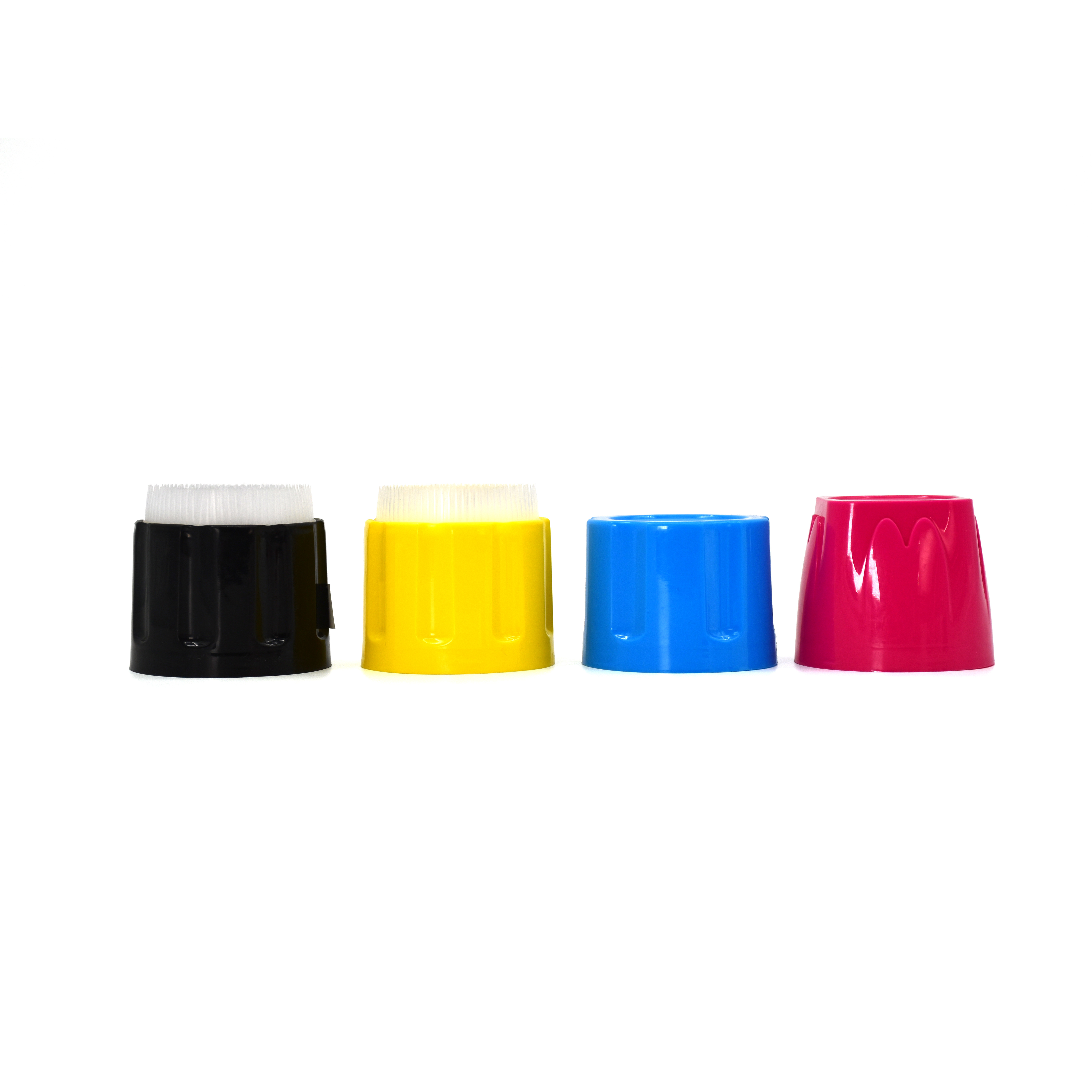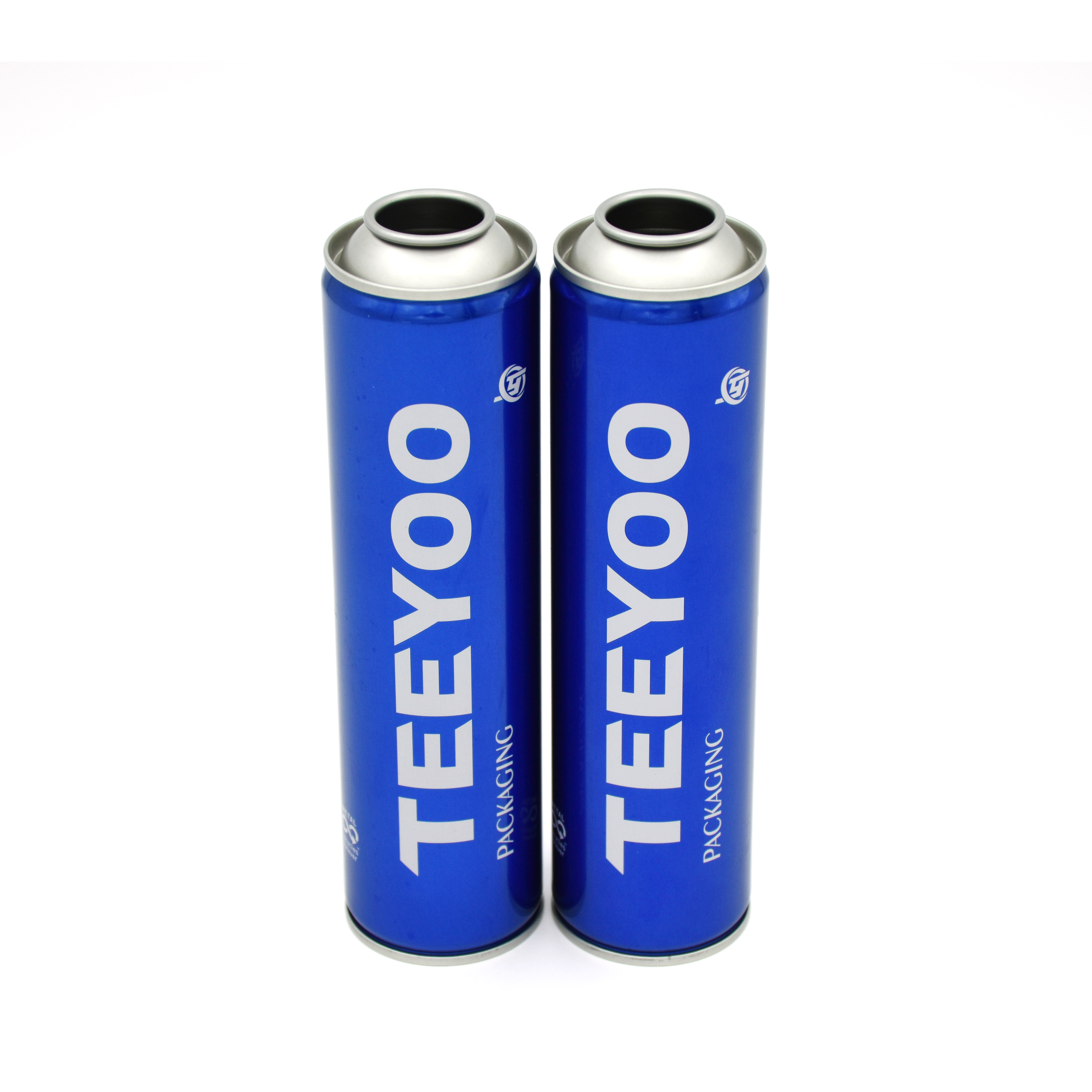Exquisite Craftsmanship Creates High-Quality Metal Cans
Dec 09,2024
In the modern packaging industry, metal cans occupy an important position with their unique advantages. From food to beverages, from chemical products to daily necessities, metal cans can be seen everywhere. Behind this are a series of exquisite production processes supporting the birth of these high-quality metal cans.
The production of metal cans begins with the selection of raw materials. Generally speaking, metal materials such as tinplate and aluminum are mainly used to make metal cans. These materials have good ductility, strength, and corrosion resistance, which can ensure that metal cans can maintain a good state in various environments. When choosing raw materials, manufacturers will strictly control the quality to ensure that the materials meet national standards and industry requirements.
Next comes the printing process. Exquisite printing patterns are one of the important factors for metal cans to attract consumers. Modern printing technology can present high-definition, vividly colored patterns and texts on the surface of metal cans. According to customer needs, manufacturers will use different printing methods such as offset printing and gravure printing to achieve the best printing effect. In the printing process, strict color management and quality control are the keys to ensuring printing quality. Each color needs to be precisely adjusted and tested to ensure that it is completely consistent with the design draft provided by the customer.
Then comes the can-making process. This is the core link in the production of metal cans and requires a high degree of technology and experience. The can-making process includes multiple procedures such as cutting, stamping, and welding. The cutting process needs to cut the metal sheet into an appropriate size to prepare for the subsequent stamping process. The stamping process uses molds to stamp the metal sheet into the shapes of the can body and the can lid. This process requires precise mold design and operation to ensure the dimensional accuracy and shape regularity of the can body and the can lid. The welding process welds the can body and the can lid together to form a complete metal can. The quality of welding directly affects the sealing and strength of the metal can, so advanced welding technology and equipment need to be used to ensure a firm weld and no leakage.
In the production process of metal cans, quality control is crucial. Manufacturers will establish a strict quality inspection system and conduct strict inspection and control at every link. From incoming inspection of raw materials to outgoing inspection of finished products, every link cannot be sloppy. For example, in the printing process, inspections will be carried out on the color, clarity, and adhesion of printing; in the can-making process, inspections will be carried out on the dimensional accuracy, shape regularity, and sealing of the can body and the can lid. Only products that have passed strict quality inspections can be sold out of the factory.
In addition, with the continuous improvement of environmental awareness, metal can manufacturers are also constantly exploring more environmentally friendly production processes. For example, using water-based inks for printing to reduce the use of organic solvents and reduce environmental pollution; using recyclable materials to make metal cans to improve the utilization rate of resources. At the same time, some manufacturers are also researching and developing more energy-saving production equipment to reduce energy consumption and contribute to environmental protection.
In short, exquisite craftsmanship is the key to creating high-quality metal cans. From the selection of raw materials to printing, can-making, quality control, and environmental protection measures, every link needs careful design and strict operation. Only in this way can metal can products that meet market demands, are reliable in quality, and are environmentally friendly and energy-saving be produced.
NEXT:










